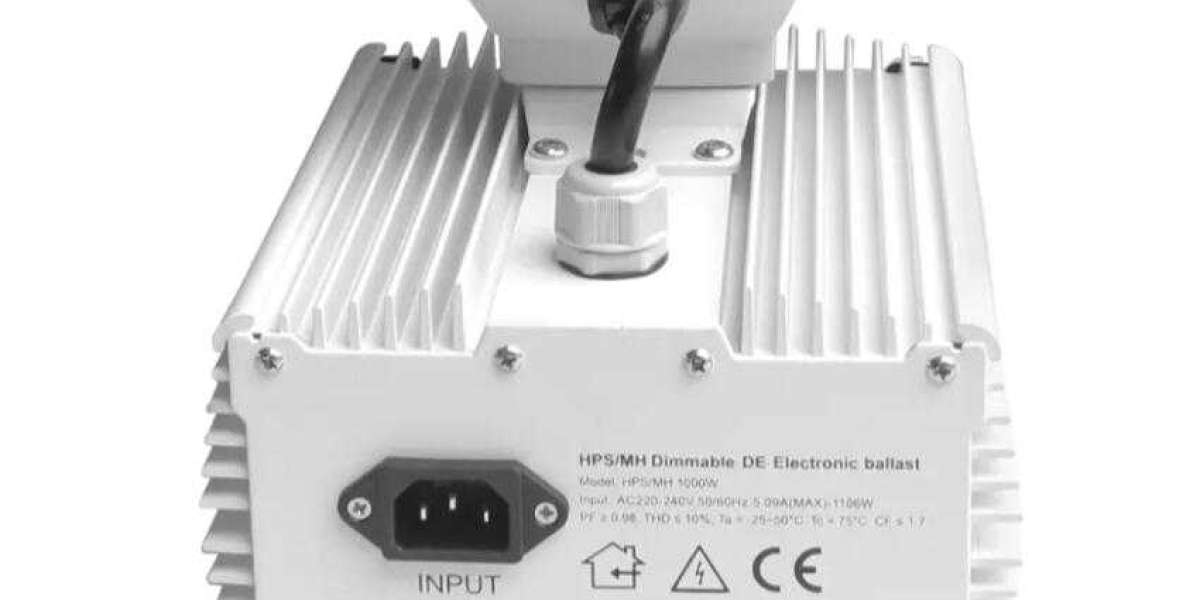Ebb and flow trays, also known as flood and drain systems, are widely used in hydroponics to provide an effective growing environment for plants.
Disease and pest control: The intermittent drying and rewetting of the growing medium in ebb and flow trays help discourage the growth of certain root diseases and pests. Fungi and pathogens that thrive in constantly wet conditions are less likely to establish in this system. Additionally, the periodic exposure to air discourages the growth of anaerobic microorganisms that can harm plant roots.
Water conservation: Ebb and flow trays are known for their water conservation capabilities. Unlike continuous flow hydroponic systems, where water is constantly recirculated, ebb and flow trays only require water during the flooding phase. The excess water is drained and can be collected for reuse, reducing overall water consumption.
Versatility: Ebb and flow trays are highly versatile and can be used for various plant species and growth stages. Whether you're growing small herbs or large fruiting plants, the flexibility of ebb and flow systems allows you to accommodate different plant sizes and adapt the flood and drain cycles to meet specific plant requirements.
Disease prevention: Ebb and flow trays minimize the risk of disease by reducing excess moisture and promoting good root health. By periodically draining away stagnant water, ebb and flow systems discourage the growth of pathogens and help prevent root rot and other waterborne diseases. Additionally, the intermittent drying of the growing medium discourages the proliferation of harmful fungi and bacteria.
Nutrient delivery and root development: The flooding and draining cycles in ebb and flow trays help deliver nutrients directly to the root zone. During flooding, the nutrient solution permeates the growing medium and reaches the roots, providing them with a rich supply of essential elements. The draining action allows any excess nutrient solution, as well as metabolic by-products and potential toxins, to be removed from the root zone. This prevents nutrient imbalances, salt buildup, and root suffocation, ensuring optimal nutrient uptake and promoting robust root development.








